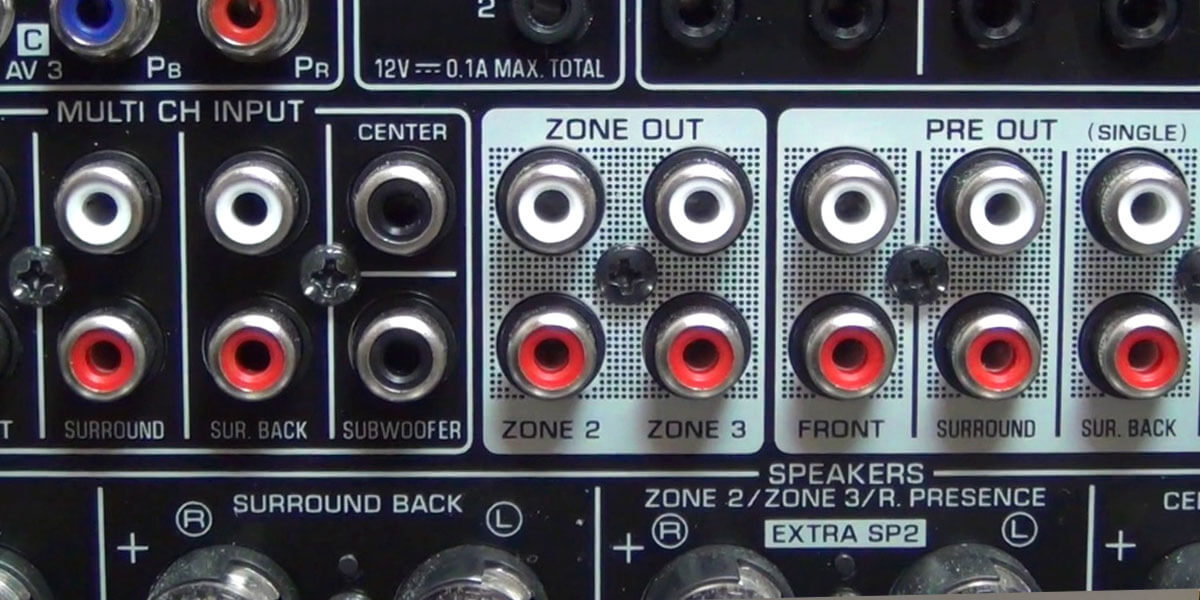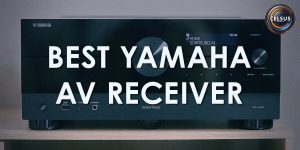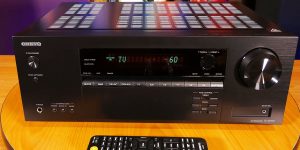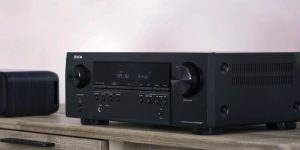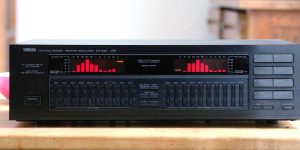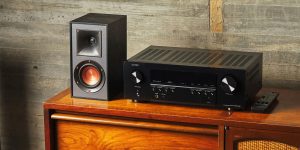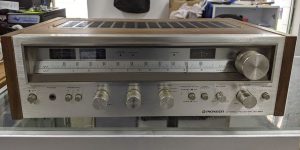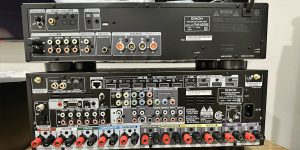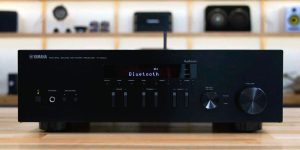When building a complex audiovisual system, AV receivers play an important role in transmitting high-quality sound and video to speakers and display devices. The pre-output is one of the most important features of today’s AV receivers for their versatility and performance. What is a pre-output in an AV receiver? What is its purpose, varieties, and applications? What are the disadvantages of such a receiver? I will tell you about it in my article. In any case, you can determine whether the pre-output is a necessary connector for you when choosing a new device or you can do without it. Although I will say right away that as you gain experience, its presence will be preferable.
What are pre-outs on an AV receiver?
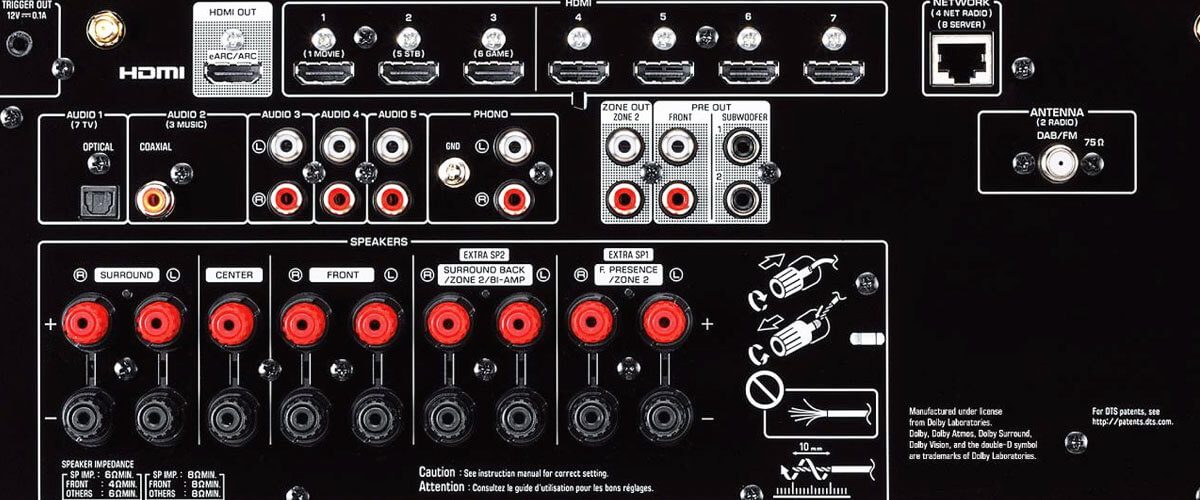
What are pre-outs?
Pre-Out (short for preamp outputs) are connectors on AV receivers and amplifiers that allow audio signals to be fed to external audio components. As a rule, these are unamplified low-level signals that serve as precursors for further amplification by external power amplifiers or other audio equipment. So with a receiver with preamp outputs, you can use another more powerful and higher-quality amplifier because these connectors will pass the signal through the receiver without amplifying it.
Pre-out connections types
Three types of pre-out connections can be distinguished:
Single pre-out connection type
Some AV receivers are equipped with a single Pre-Out output. This type of Pre-Out allows you to connect an external power amplifier to a pair of speakers or a subwoofer, which increases power and improves the sound quality of your system.
Multiple pre-out connections type
Other AV receivers may have multiple Pre-Out connectors. These receivers allow you to connect multiple external amplifiers or subwoofers, opening up the possibility of creating more complex home theater or high-definition audio systems.
Specialized pre-out connections type
Specialized Pre-Out outputs, such as Zone Pre-Out and Height Pre-Out, can be found in modern AV receivers. Zone Pre-Out allows you to create multi-room audio systems, where the sound can be directed to different rooms of the house independently of each other (Zone 2 or Zone 3). You don’t have to worry about the size of the room, as the amplifier’s power is much higher than the receiver’s.
The high-rise pre-outputs are used in systems with high-rise speakers for Dolby Atmos or DTS:X surround sound formats, providing a more immersive three-dimensional sound experience.
How pre-outs work
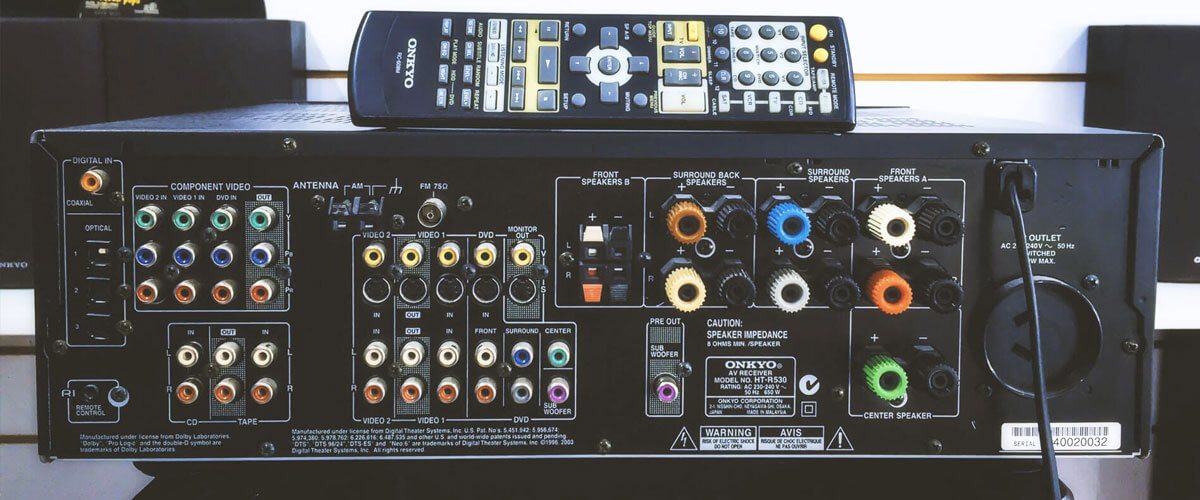
The pre-outs are designed to supply clean, unamplified audio from the receiver to external devices. When an external power amplifier or subwoofer is connected to an AV receiver with pre-outs, the audio signal passes through the AVR’s internal preamplifier and is then routed to the connected device. Depending on the external equipment used, this allows for additional amplification or specialized audio processing.
The role and purpose of pre-outs in AV receivers
The function of a pre-out port in an AV receiver is to expand the system’s capabilities and improve its sound performance. With the ability to connect external amplifiers, subwoofers, or multi-room audio systems, pre-outs allow you to customize your audio system according to your preferences and requirements.
Enhancing your system with additional power
One of the most common uses of Pre-Out is to add external power amplifiers to an AV receiver system. This is done because even expensive and advanced receivers often do not have enough power and cannot provide ultra-clean sound, unlike professional amplifiers. Connecting a power amplifier to an AVR can significantly improve the soundstage and achieve mind-blowing results with demanding speakers requiring more power and clarity.
Deep bass with subwoofer pre-out
The Pre-Out outputs are also used to connect subwoofers. Using this special one, you can provide low-frequency audio signals directly to the subwoofer for deep and powerful bass reproduction.
The thing is, if the subs have their own internal amplifiers built in (active subwoofer), they will sound better and more powerful than if you amplify through a receiver. This also reduces the load on the AV receiver.
Creating multi-room audio systems with pre-outs
The zone pre-outputs I mentioned earlier are the way to go for those who want to enjoy sound in different rooms simultaneously. By connecting external amplifiers to them, you create a multi-room audio system and can enjoy music in different parts of the house.
Disadvantages of receivers with pre-outputs
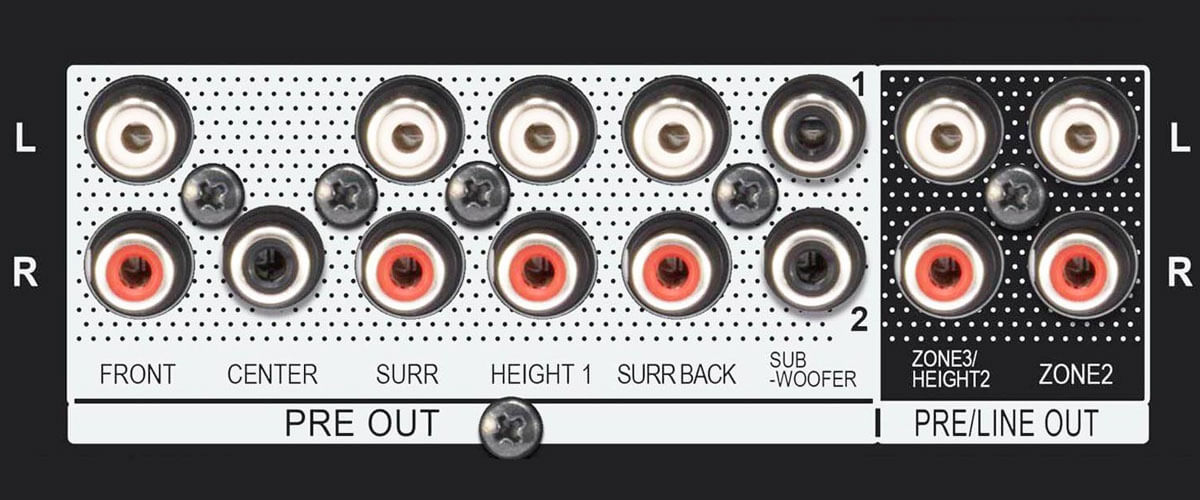
Everything in the world has advantages and disadvantages. And since everything has already been said about the former, let me dwell a little on the latter so that your choice will be as informed as possible:
Cost
When choosing an AV receiver, you probably won’t consider the presence of a pre-output to be a significant factor. So it’s worth knowing that it usually comes in more expensive models capable of being the heart of a high-end home theater. This is unsurprising because when you add a powerful amplifier, the whole system should sound coherent, work coherently, and be of high quality.
Do not get upset in advance. Perhaps if you don’t have the financial ability to upgrade your system right away, you can afford it by replacing components one by one.
Additional cables
Be prepared for the fact that any additional connectors involve extra wires and space for them and the component being plugged in. I recommend evaluating where you will place your home theater in advance, as well as the comfortable placement of all cables to avoid tangling and breakage.
Sound interference
Sometimes in complex systems with many components and wires, interference happens. The sound mismatch can be a serious problem for advanced audiophiles with perfect hearing. At the same time, casual users may not hear the difference.
High power consumption
Consider whether you’re prepared to incur additional electricity costs. After all, the more equipment, the higher the power consumption. The receiver (as we have already determined, quite powerful in itself), amplifier, subwoofer, and sources – everything must have power. This is not the most significant disadvantage, because I think you know it.
Conclusion
Pre-outputs are a valuable feature of modern AV receivers, providing increased flexibility and customization options for audio systems. Whether you want to increase system power, connect subwoofers, or create a multi-room audio system, understanding and utilizing pre-outputs can help you take your AV system to the next level. Prepare to spend time, money, and your home’s space and pay more bills than before. But also maximize your enjoyment of audio perfection!

